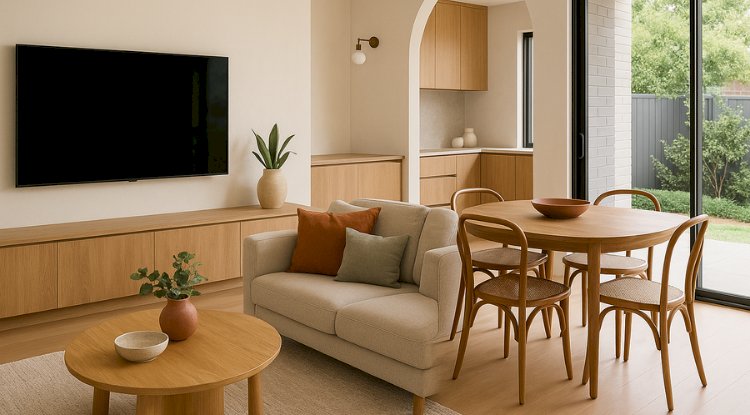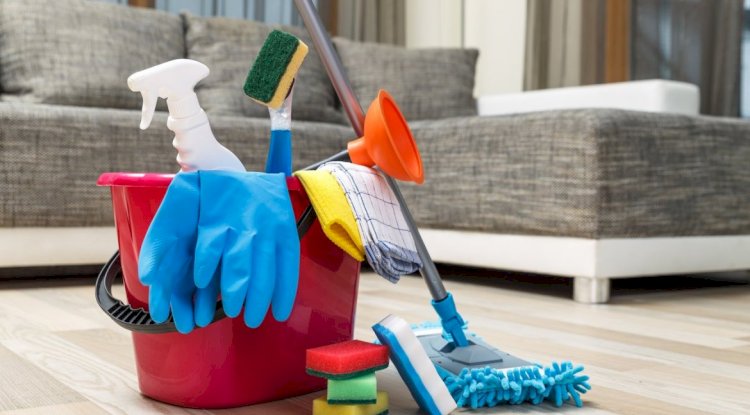5 Top Considerations for TV Antenna Installation
Do you need help with TV antenna installation? Here are five top considerations for indoor and outdoor TV antenna installation.

Whether you’re installing an indoor or outdoor TV antenna, it should be carried out appropriately so you’re able to enjoy the clear picture and good sound quality. The five top considerations for indoor/ outdoor TV antenna installation are explained below:
1. Placement of Your TV Antenna
Placing your TV antenna at the right spot is extremely important because it’s directly linked with signal strength.
Your TV antenna -
- Should be placed on the side of your house that gets the best signal.
- Should be mounted as high as is possible to get a clear signal.
- Should be in such way that it points at the nearest tower.
Typically, to fulfil all of the above requirements, you’ll require an outdoor antenna; however, it will also rely on your home’s locality and where your broadcast towers are placed.
Moreover, an Omni-directional or multi-directional antenna will pick up signals from more than one direction, which is perfect if your local TV channels are being broadcast from various locations. Conversely, a directional antenna is good to go if all the channels are being broadcast from a similar direction, which will also give you a better signal for these channels.
Your TV antenna installer will spend some time trying out different antenna locations until he connects with the best signal for your home.
2. Signal Strength is Imperative
You might experience interference with your signal strength, especially if you reside in a hilly region or your home is bordered by tall buildings. Besides, if you’re in a rural area that’s quite far from a broadcast tower, you may get a weak signal. Well, an array of diverse factors affects signal strength; however, if you receive poor signal, then you’ll need an outdoor antenna and have it installed as high as possible to get the best possible connection.
On the other hand, indoor antennas have the lesser signal range and are also affected by obstruction from things in your home that includes:
- Walls and roof
- Wooden frame
- Fridges and Microwaves
- Routers, computers and phones
If you want to install only an indoor antenna, then the best way to enhance your signal strength and quality is to make sure your antenna is better placed near to a window with least obstruction and a clear line of sight to your local broadcast towers.
3. Signal Range
Your TV antenna installer is familiar with your local signal range and frequencies and will accordingly suggest an antenna that will work seamlessly.
4. Roofing Materials
When you want to install an indoor TV antenna, then roofing materials can affect your signal reception. When signals require travelling through your home’s roof, then plumbing, insulation, electronics, belongings in your home including the people in your home - all of these can anticipate more disturbances.
Suppose, an indoor antenna doesn’t give you with a desired and strong signal, then it’s recommended to book a local antenna installer to install an outdoor TV antenna on your home’s rooftop.
5. Visual Looks
Well, visual looks do matter when it comes to your TV setup. Probably, an indoor TV antenna will have noticeable wires and connections, as well as, it may be installed in an awkward position to catch the best signal.
However, if you want neat and clean lines, then it’s better to choose TV antenna installation in Wollongong with the professional assistance of a TV wall mounting specialist. This will keep all the connection cables hidden, neatly inside your wall and connected at the back of your TV, and you’ll hardly detect an outdoor antenna on your roof.
Share
What's Your Reaction?
 Like
0
Like
0
 Dislike
0
Dislike
0
 Love
0
Love
0
 Funny
0
Funny
0
 Angry
0
Angry
0
 Sad
0
Sad
0
 Wow
0
Wow
0















